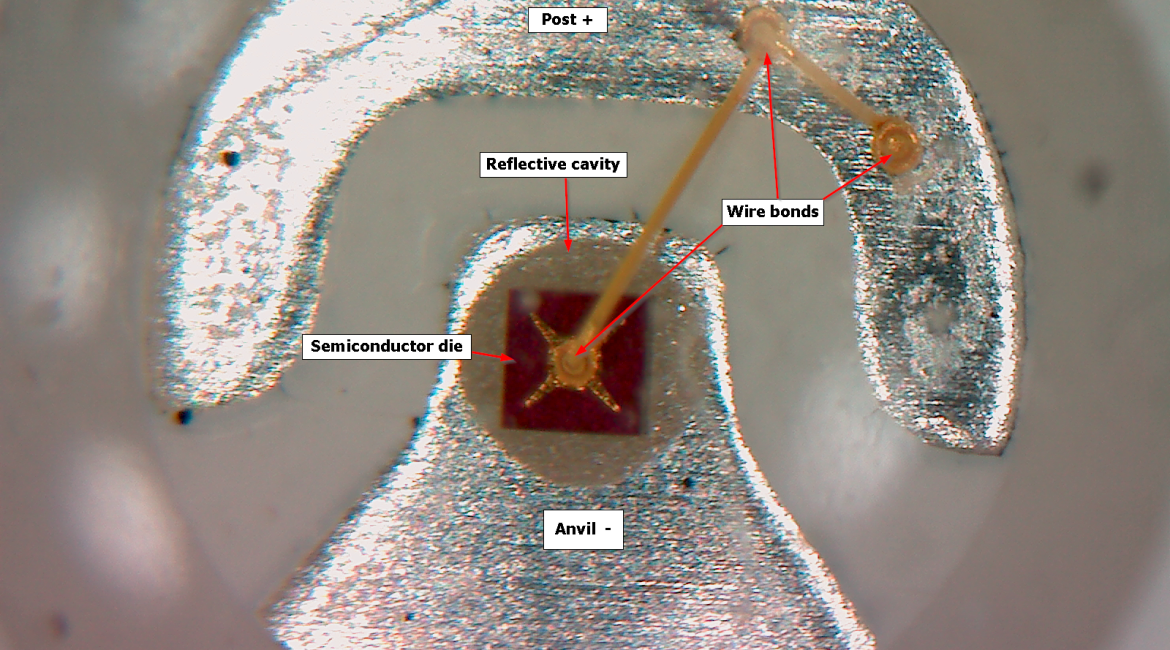LED light boxes utilize LED technology for illumination. LEDs (light-emitting diodes) are semiconductor devices that emit light when an electric current passes through them. LED technology has revolutionized lighting due to its numerous advantages over traditional light sources, such as incandescent bulbs. LED light boxes are widely used in various applications, including advertising, general lighting, traffic signals, automotive headlamps, and more.
Here are some key technologies and features applied to LED light boxes:
- LED Strips: LED light boxes typically use backlit LED strips for illumination. These strips consist of multiple small LED lights arranged in a linear pattern. LED strips provide bright and uniform lighting across the entire surface of the light box .
- Energy Efficiency: LED technology is highly energy-efficient, consuming less power compared to traditional lighting sources. LED light boxes offer significant energy savings and contribute to reducing electricity consumption .
- Longevity: LEDs have a longer lifespan compared to traditional light sources. LED light boxes can last for thousands of hours, reducing the need for frequent replacements and maintenance.
- Dimmable and Color Control: LED light boxes can be designed with dimming capabilities, allowing users to adjust the brightness according to their needs. Additionally, LEDs can produce a wide range of colors, enabling color control and customization in certain applications .

- Versatility and Customization: LED light boxes offer versatility in terms of size, shape, and design. They can be customized to fit specific requirements, making them suitable for various applications, including retail displays, signage, art, and photography.
It’s important to note that LED technology is constantly evolving, and new advancements may emerge in the future, further enhancing the capabilities and features of LED light boxes.




